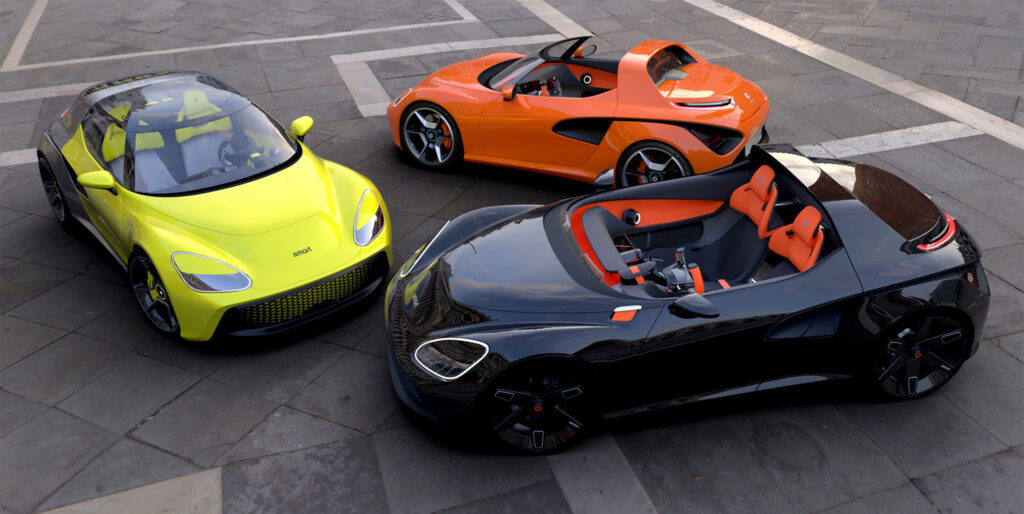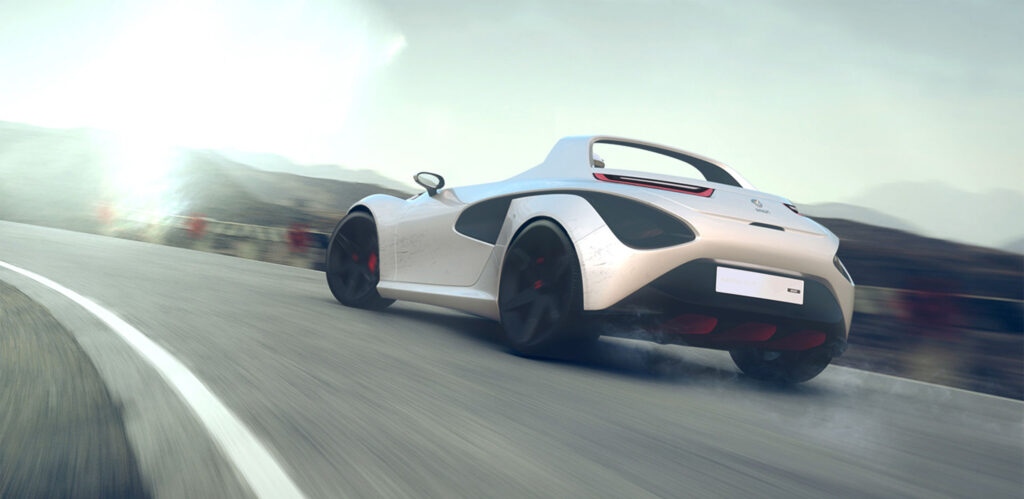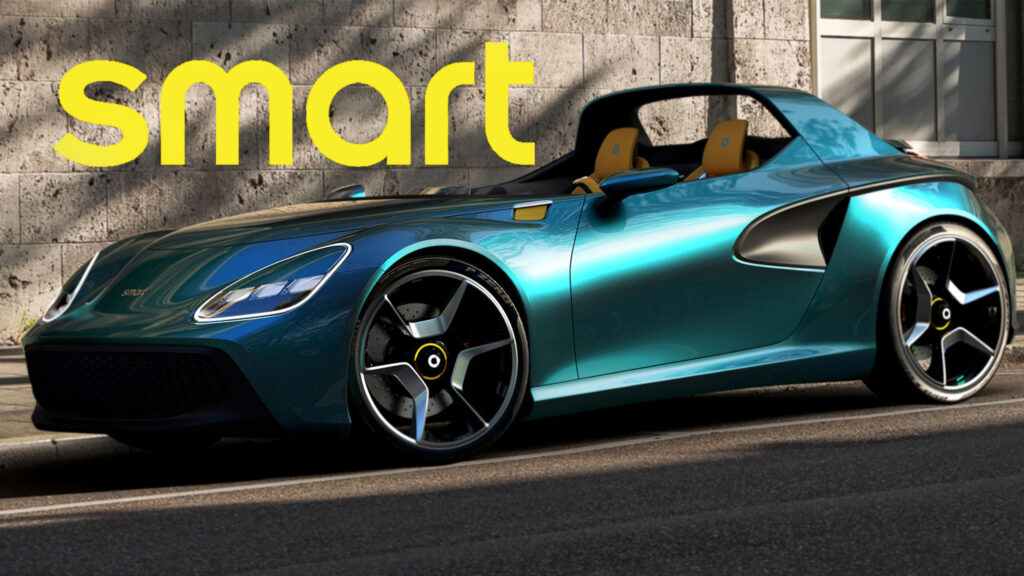- A Smart designer sketched out a next-generation Roadster back in 2020.
- A pint-sized Roadster could help return Smart to its small car routes.
- Smart is also eager to launch a new ForTwo but has to find a partner to share development costs.
It’s been almost two decades since the Smart Roadster went out of production, and it could stage a return in the battery-electric era, joining the firm’s existing #1 and #3 SUVs as well as the forthcoming #5.
According to Smart Europe chief executive Dirk Adelmann, the brand imagined what a new Roadster could look like in around 2020, soon after Geely acquired a 50% stake in the brand. A colleague drew up a modern Roadster, and Adelmann is open to the idea of turning it into a production model.
Read: Futuristic 2025 Smart Roadster Study Makes A Convincing Case For A Revival
“There was one very wild colleague who had the first drawings of a new Roadster,” he told Autocar. “We have three great cars and none of them is a Roadster, but why not? If we do a Roadster, rest assured it will be very compact – for sure a two-seater.”
Adelmann added that he has a “very emotional relationship” with the Roadster as it was the first car he worked on when he joined Smart.
A pint-sized new Smart Roadster could return the car manufacturer back to its small car roots. With the launch of vehicles like the #1, #3, and #5, Smart’s offerings are bigger now than they’ve ever been in the past. The original Roadster measured in at just 3.4 meters (~11.1 feet) long and the brand could win over enthusiasts if it creates a new EV that is just as tiny.

While the company ponders the possibility of a new Roadster, it is determined to launch a next-generation ForTwo. Production of the old model ended earlier this year, and Smart plans to build it around the new Electric Compact Architecture (ECA). However, as we learned earlier this week, Smart will only be able to justify the cost of this new platform and model development if it can find a partner to work with.
“If you share this platform with partners – we’re still in evaluation – then you can also share the investment costs and the production site, etcetera, and it starts making sense,” Adelmann said in an interview. “The last thing we want to do is produce a vehicle where nobody is earning money, because that vehicle will not last for long. We want to have a positive business case for us, for our retailers and in the end for our customers.”
Note: This article has renderings from an independent study made by designers Geoffrey Decembry and Pierre Senelet and is not endorsed in any way by Smart.




